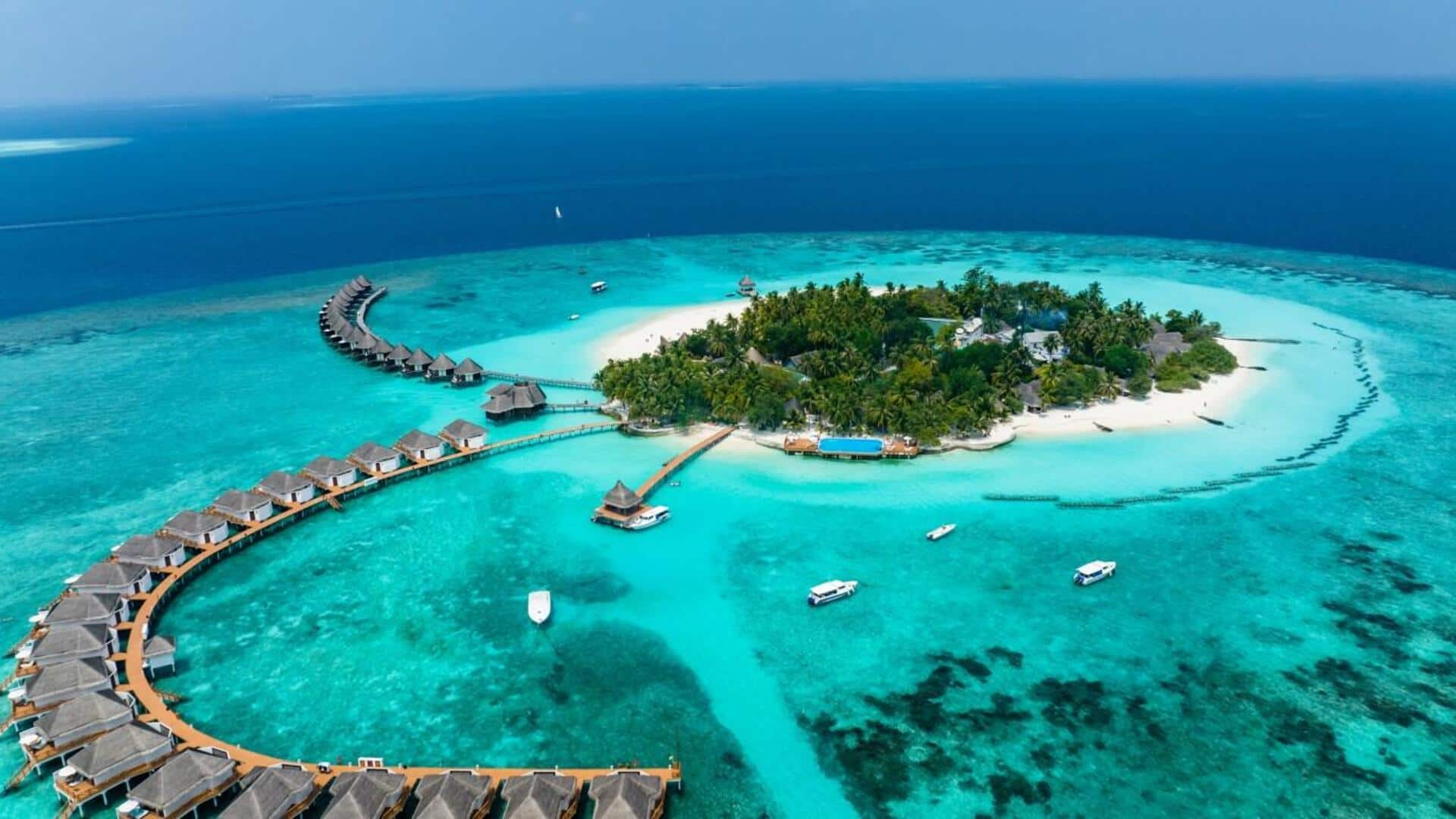
This is MIT's bold strategy to prevent Maldives from sinking
What's the story
The Maldives, akin to many island countries across the world, is under threat from rising sea levels. To tackle this, the Massachusetts Institute of Technology (MIT) Self-Assembly Lab and Maldivian organization Invena, have created submersible structures. These innovative systems harness wave energy to make sand accumulate in select spots to protect the nations's chain of islands, and potentially create new ones.
Experimental progress
Nine field experiments conducted in Maldives
The collaboration between MIT and Invena has resulted in nine field experiments in the Maldives since 2019. The second experiment involved submerging biodegradable bladders filled with sand to accumulate more sand. Within four months, approximately half a meter of sand had gathered over an area of 20 meters by 30 meters. Currently, this sand covers an area roughly two meters tall by 20 meters wide and 60 meters long.
Innovative techniques
New construction methods and floating garden systems
In November 2021, the team introduced a new construction method during their third field experiment. This approach used lightweight, low-cost modules that can be easily adjusted as seasons and conditions change. The following year, they implemented a floating garden system above their 2019 installation with the aim of growing plant roots downward to stabilize the sand bar.
Ongoing efforts
Latest field experiment and future survey
In their most recent field experiment conducted in July, six biodegradable textile bladders filled with sand were arranged in a ring formation. This design aims to accumulate sand regardless of the season. A survey is scheduled for November to assess the results of this experiment.
Sustainable solutions
MIT and Invena's approach to shoreline preservation
Skylar Tibbits, the Founder and Co-Director of the Self-Assembly Lab at MIT, expressed hope that their submersible structures could offer a more sustainable method for reinforcing eroded coastlines than traditional engineering solutions. "We're using the natural force of the ocean to guide the sand," he said. This approach aims to work with natural forces rather than against them, potentially providing a cost-effective and environmentally friendly alternative to conventional interventions like seawalls and dredging.